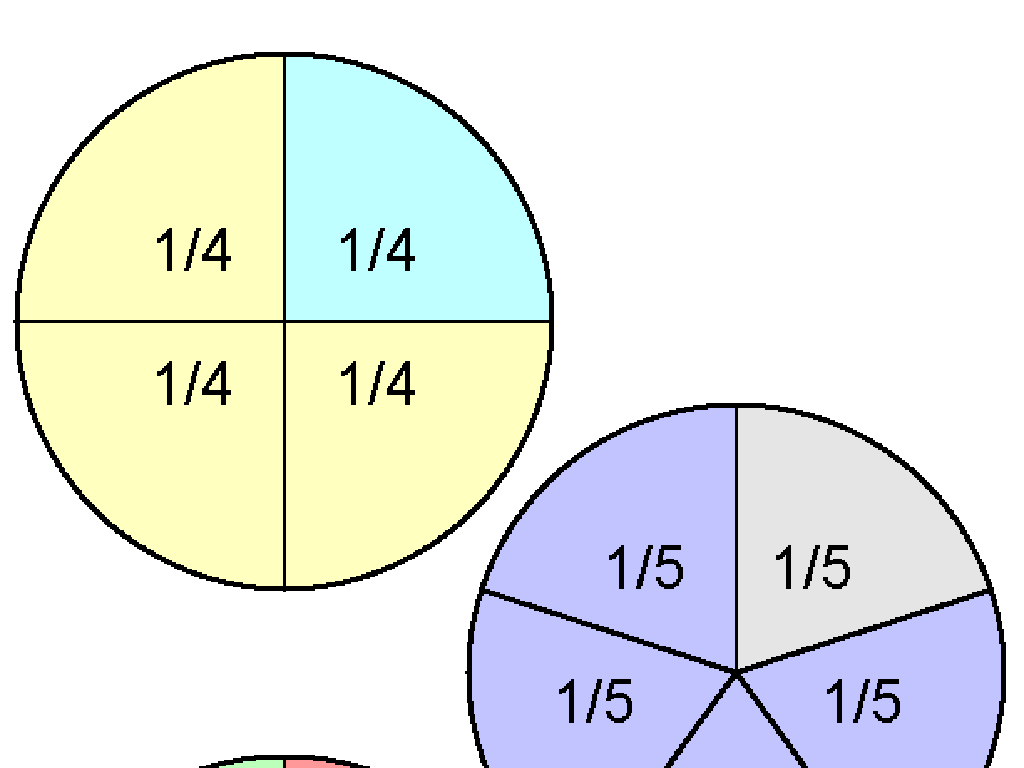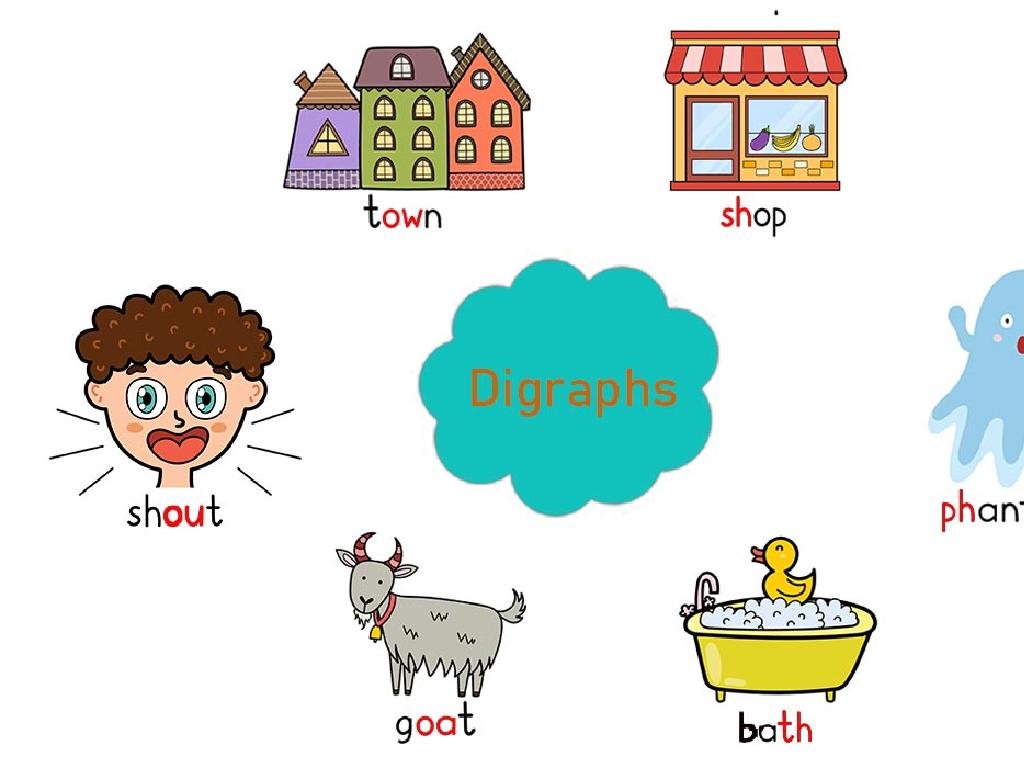Electrostatics
Subject: Science
Grade: High school
Topic: Physcis
Please LOG IN to download the presentation. Access is available to registered users only.
View More Content
Welcome to Electrostatics!
– Grasp the basics of electrostatics
– Study of stationary electric charges or fields
– Observe real-life electrostatics
– Lightning, static cling in clothes
– Outline of today’s lesson
– Discuss laws of attraction/repulsion, applications
|
This slide introduces students to the fundamental concepts of electrostatics, which is the study of stationary electric charges and the forces they exert. Real-life examples, such as lightning and the static cling we experience with our clothes, can help students relate to the topic. The lesson will cover the laws of electrostatic attraction and repulsion, and explore practical applications of electrostatics in everyday life. Encourage students to think of questions or other examples of electrostatic phenomena they’ve encountered to discuss in class.
Understanding Electrostatics
– Defining Electrostatics
– The branch of physics that deals with the study of forces, fields, and potentials arising from static charges.
– Stationary Electric Charges
– Charges at rest, as opposed to moving charges in current electricity.
– Electrostatics vs. Current Electricity
– Electrostatics involves non-moving charges, while current electricity involves the flow of charges through a conductor.
– Applications in daily life
|
Electrostatics is a fundamental concept in physics that deals with the behavior and interaction of electric charges at rest. It is important to distinguish between stationary charges, which are the focus of electrostatics, and moving charges, which are studied in the context of current electricity. This distinction helps students understand the different ways in which electricity can manifest and the various forces at play. In this slide, we aim to provide a clear definition of electrostatics, explain the concept of stationary electric charges, and contrast it with current electricity. Additionally, we should discuss real-life applications of electrostatics, such as in photocopiers and air purifiers, to help students relate the concept to the world around them.
Atomic Structure and Charge
– Review of atomic particles
– Atoms consist of protons (+), neutrons (0), and electrons (-).
– Understanding charge properties
– Charges can be positive (+), negative (-), or neutral (0).
– Interaction of charges
– Like charges repel each other, while opposite charges attract.
– Observing charge behavior
– We can observe this in static electricity and magnetism.
|
This slide aims to recap the fundamental concept of atomic structure, focusing on the charged particles within an atom. Students should understand that protons have a positive charge, electrons have a negative charge, and neutrons are neutral. The slide will also cover the basic properties of electric charges and how they interact with each other, which is crucial for understanding electrostatics. Emphasize that like charges repelling and opposite charges attracting is a principle that applies to many phenomena in physics, such as static electricity and the way magnets work. Encourage students to think of everyday examples of these principles, such as hair standing up after being rubbed with a balloon or the attraction/repulsion of fridge magnets.
Methods of Charging in Electrostatics
– Charging by friction: electron transfer
– Rubbing materials together transfers electrons from one to another, like combing hair.
– Charging by conduction: direct contact
– Touching a charged object to another leads to charge transfer, like a Van de Graaff generator.
– Charging by induction: no contact
– Bringing a charged object close to another can cause charge redistribution, without touching.
– Comparing charging methods
|
This slide introduces students to the three primary methods of charging objects in electrostatics. Charging by friction involves transferring electrons by rubbing two different materials together, which can be demonstrated with simple classroom materials like a comb through hair. Charging by conduction requires direct contact between a charged and a neutral object, resulting in the transfer of electrons. This can be shown with a Van de Graaff generator touching a metal sphere. Charging by induction involves a charged object being brought near a conductive object without contact, causing a separation of charges within the conductive object. It’s important to compare and contrast these methods to help students understand the principles of charge transfer in electrostatics. Provide examples and encourage students to think of other instances where these methods apply.
Exploring Coulomb’s Law
– Understanding force between charges
– Coulomb’s Law formula
– F = k * |q1*q2| / r^2, where F is force, q1 and q2 are charges, r is distance, and k is Coulomb’s constant.
– Explanation of the formula
– The force is directly proportional to the product of the charges and inversely proportional to the square of the distance between them.
– Coulomb’s Law in real-world
– Examples: Electric force in a salt crystal, force between electrons and protons.
|
Coulomb’s Law is a fundamental principle in electrostatics that describes the force between two point charges. The law states that the force is directly proportional to the product of the magnitudes of the charges and inversely proportional to the square of the distance between them. The constant k is Coulomb’s constant and depends on the medium between the charges. In this slide, we’ll explore the formula, delve into its meaning, and see how it applies to real-world scenarios, such as the forces that hold together the atoms in a salt crystal or the attraction and repulsion between charged particles in various materials.
Exploring Electric Fields
– Define an Electric Field
– A region around a charged particle where a force is exerted on other charges.
– Representing Fields with Lines
– Lines point away from positive charges and toward negative ones, showing field direction.
– Calculating Field Strength
– Use E = k * |q| / r^2, where E is strength, k is Coulomb’s constant, q is charge, and r is distance.
– Significance of Field Direction
|
This slide introduces the concept of electric fields, a fundamental idea in electrostatics. Begin by defining an electric field as the space around a charged object where it can exert a force on other charged objects. Illustrate this with diagrams showing field lines emanating from positive charges and converging at negative charges. Explain that the density of these lines indicates the field’s strength. Teach students the formula for calculating electric field strength and discuss the importance of the field’s direction in determining the force on a charge within the field. Provide examples, such as the field around a single charge or between two opposite charges, to solidify understanding.
Applications of Electrostatics
– Electrostatics in daily life
– Static cling in clothes, dust attraction
– Industrial applications
– Paint spraying for even coats, photocopiers for image transfer
– Electrostatics in environmental tech
– Air purifiers capture pollutants, smoke precipitators clean industrial exhaust
– Understanding practical impacts
|
This slide aims to illustrate the practical applications of electrostatics in various fields. Students should understand that electrostatic principles are not just theoretical but have real-world implications. Everyday examples include static electricity experienced with clothes or when touching a metal object after walking on a carpet. Industrial applications are vast, with paint spraying using electrostatic charge to ensure even application, and photocopiers using electrostatic charge to transfer toner to paper. Environmental technologies also benefit from electrostatics; air purifiers use it to remove contaminants from the air, and smoke precipitators use it to clean industrial smoke, reducing pollution. Encourage students to think of other examples they might encounter in their daily lives and to consider the underlying science that makes these technologies possible.
Safety Precautions in Electrostatics
– Recognize electrostatic dangers
– Static electricity can cause shocks, damage electronics, or ignite flammable substances.
– Strategies to prevent ESD
– Use grounding wrist straps, anti-static mats, and humidity control to prevent ESD.
– Safe handling of sensitive devices
– Handle components by edges, store in anti-static bags, and avoid plastic work surfaces.
– Adherence to safety guidelines
|
This slide emphasizes the importance of safety when dealing with electrostatic charges, particularly in a laboratory or when working with electronic components. Students should understand that electrostatic charges, while seemingly harmless, can have serious consequences such as damaging sensitive electronic devices or causing explosions in flammable environments. Preventative measures like grounding and using anti-static tools are crucial. The slide also covers the proper handling and storage of electrostatic-sensitive devices to prevent accidental damage. It’s essential to instill a respect for these guidelines to ensure a safe learning and working environment.
Class Activity: Exploring Electrostatics with Balloons
– Demonstrate charging by friction
– Rub balloon with wool to charge it
– Observe attraction and repulsion
– Notice how charged balloons behave with various objects
– Discuss observations
– What did you see during the experiment?
– Relate to electrostatic principles
– How do these observations illustrate electrostatic concepts?
|
This class activity is designed to provide a hands-on experience with the principles of electrostatics. Students will use balloons and wool to create static charge through friction. They will then observe how the charged balloons attract or repel other objects, including other balloons. Encourage students to take notes on their observations and to think critically about why certain effects are observed. Possible activities include: 1) Charging two balloons and bringing them close to each other, 2) Trying to stick balloons to walls, 3) Observing how small pieces of paper react to a charged balloon, 4) Using a comb to demonstrate similar effects. After the activity, lead a discussion to connect their observations with the concepts of electrostatics, such as charge, electric forces, and the behavior of electrons. This will help solidify their understanding of the topic.
Electrostatics: Conclusion and Q&A
– Recap of electrostatic principles
– Review charge, force, field, and potential concepts
– Encourage questions and discussions
– Open floor for doubts, encourage curiosity
– Assign electrostatics practice problems
– Reinforce learning with homework
– Problems to apply Coulomb’s law and field diagrams
|
This slide aims to summarize the key concepts of electrostatics, such as charge interactions, electric fields, and potential. Encourage students to ask any questions they may have to clarify their understanding. Assign homework consisting of practice problems that will help them apply the principles of electrostatics, such as using Coulomb’s law and sketching electric field diagrams. This will reinforce their learning and prepare them for upcoming assessments. Ensure that the homework is challenging yet achievable, and remind students of the resources available to them if they need extra help.






